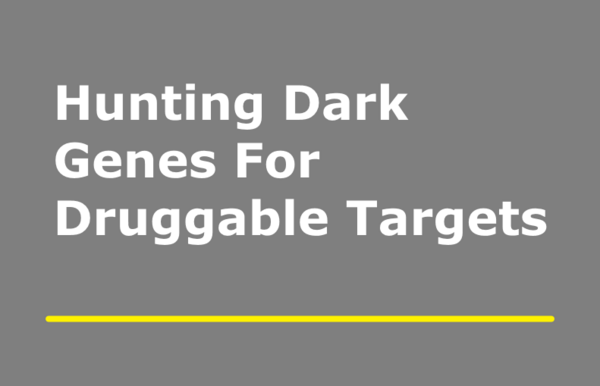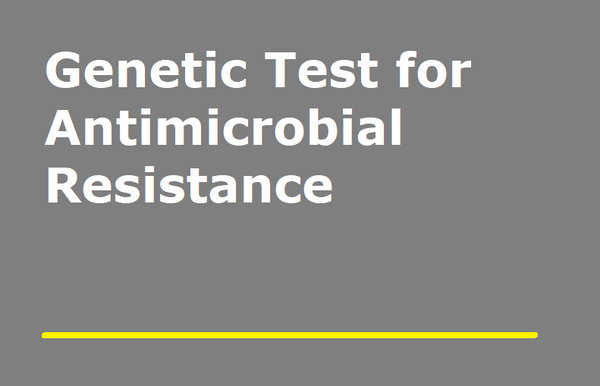Next-Generation Sequencing Is The Next Big Thing In Pharmacogenomics
Pharmacogenomics seeks to understand underlying genetic markers that influence treatment responses and modification of therapies to increase efficacy treatment success (Monte et al., 2012). This field has greatly benefited from classical approaches to identify polymorphisms and the molecular basis involved in drug interaction with targets their activity with treatments.
Next generation sequencing makes it possible to simultaneously study DNA polymorphisms across the genome, couple it with RNA analysis and the proteome comparably faster and cheaper. Ideal pharmacogenomic markers should be easily detectable and integratable into improving personalized medicine (Chauvin and Boisvert, 2018). Here we present some of these case studies and how information gleaned from DNA, protein and [RNA analysis] has helped improve our understanding of treatments and tailor medicine for specific case studies (personalized medicine).
Drug response and population variation effect
There can be a very broad range of efficacy and tolerance of anticancer drugs linked to substantial intrinsic interindividual variability. Numerous studies have investigated the genetic candidates responsible. For example, Khrunin et al. (2012) investigated the apparent differences in drug response of Asians and Caucasians ovarian cancer patients to platinum drugs, focusing on three genes involved in mechanisms of cancer (glutathione S-transferase (GST) and DNA repair genes, the TP53 gene, and the CYP2E1 gene). Here, 19 polymorphic sites were identified. Through RNA analysis studies these polymorphisms are thought to be involved in detoxification (Ishimoto and Ali-Osman, 2002; Boulikas et al., 2003), platinum removal (Chen et al., 2000; Wolfe et al., 2007) and apoptosis initiation (Siddik, 2003; Sullivan et al., 2004). Furthermore, in Yakuts progression-free survival was linked with a single nucleotide variant located in CYP2E1. In contrast, in Russians PFS was associated with an amino acid change (Ile to Val) in GSTP1. The Russian cohort was heterozygous for ERCC1 which was linked to nephrotoxicity. This study concluded that patients of Asian origin are more susceptible to platinum-based regimens toxicity compared to Caucasian patients. Side effects linked to the regimen were directly tracked back to cisplatin in chemotherapy (Ardizzoni et al., 2007). Further analyses and investigation of gene expression and RNA analysis may shed a clearer light on the detailed mechanisms on the gene variant involvement in differential reactions.
Molecular variants interaction with cancer therapy targets
EGFR and KRAS
The epidermal growth factor receptor (EGFR) is an important and versatile receptor embedded in the cytoplasmic membrane that is activated by receptor overexpression (commonly found in cancer), ligand-independent and ligand-dependent mechanisms (Scaltriti and Baselga, 2006). Panitumumab treatment in metastatic colorectal cancer patients shows inconsistent success outcomes (Amado et al., 2008). A small G-protein downstream (KRAS) of EGFR has been identified in association with decreased effect in antibodies targeting EGFR in mCRC (Amado et al., 2008). As a result of pharmacogenetics studies such as this one there is an increased appreciation for using genetic information to choose treatments and determining appropriate dosage ( Shi, 2001; Brockmöller and Tzvetkov, 2008; Filipski et al., 2014). RNA analysis can be used to investigate the implication of genetic information on the targeted treatment pathways. Additionally, KRAS mutation also affect the success rate of cetuximab treatment (Fiore et al., 2006). Thus, KRAS screening is a necessity for panitumumab and cetuximab treatment of mCRC.
Cancer typing and link to drug choice
In line with using genetic testing in disease pathology and treatment massive molecular characterization of subtypes have been undertaken in different cancers, including breast cancer (Santos et al., 2015). A large-scale study of 825 breast cancer samples was conducted by RNA analysis, whole exome sequencing, DNA methylation, amongst other analyses (The Cancer Genome Atlas Network, 2012). They identified genetic variations consistent with breast cancer subtypes; such as TP53 and PIK3CAE545K associated with luminal B and luminal A tumors, respectively. Genetic information gained from large studies such Santos et al. (2015) is becoming increasingly used in commercially available treatments such as Mammaprint® and Oncotype DX® (Santos et al., 2015).
Genome screening and potential drug sensitivities
Some variants affect drug response by affecting drug metabolizing enzymes. Whole genome sequencing was conducted to study a patient with a family history of sudden early death and vascular disease (Ashley et al. 2010). Rare variants located in three genes were identified associated with sudden cardiac death and a variant in LPA was identified associated with a family history of sudden cardiac death. Heterozygous null mutation in the CYP2C19 gene was also identified, this gene is crucial for metabolic processing of many drugs such as clopidogrel, an antiplatelet agent. The authors linked the loss of function in this gene to decreased sensitivity to clopidogrel treatment, thus a higher dose or different treatment should be considered. Interestingly, distinct genetic variations (e.g. VKORC1) associated with increased sensitivity to warfarin were also identified in this patient (Klein et al., 2009). Ashley et al. (2010) also developed algorithms useful for indexing variants leading to premature stop and start sites or removing start and stop sites as well as affecting microRNAs, which can be incredibly useful for RNA analysis to inform drug choice and dosage.
Conclusion
Pharmacogenomics is providing valuable genetic information that can be used to study resistance and mixed responses to treatments for complex diseases such as neurological disorders and different cancers. Advances made in biomedical fields such as epigenomics, genomics, whole exome sequencing and proteomics provide ideal tools to improve targeted and personalized medicine. By DNA and RNA analysis key pathways of drug targets can be investigated for the purpose of increasing precision and efficacy or treatments. NGS tools are opening exciting avenues in Pharmacogenomics.
Topics: Tools & Methods

